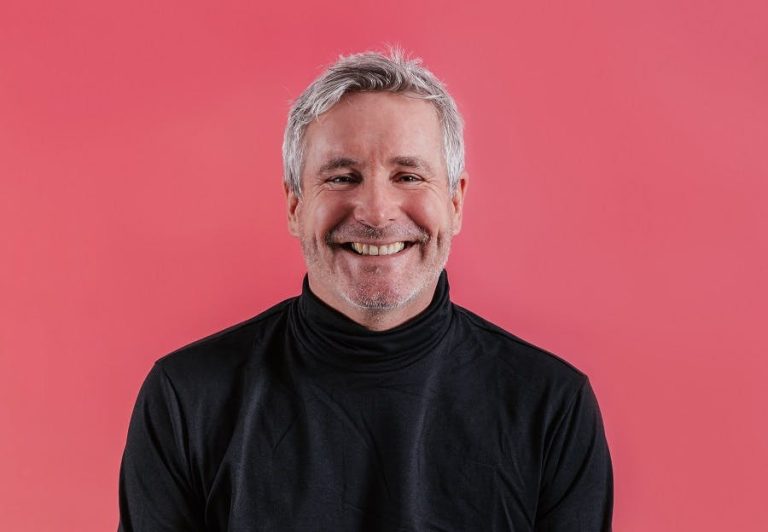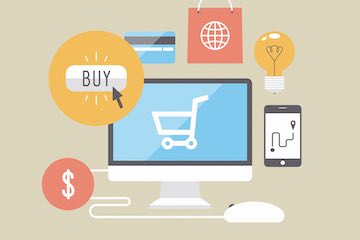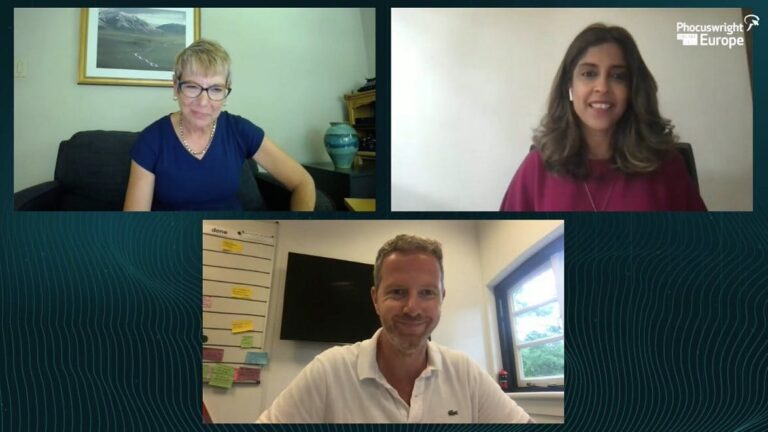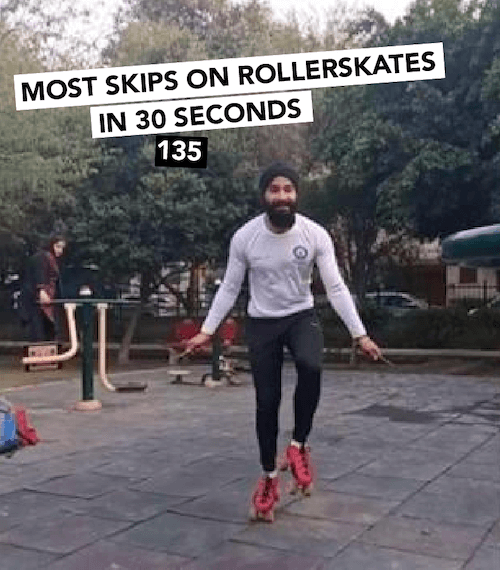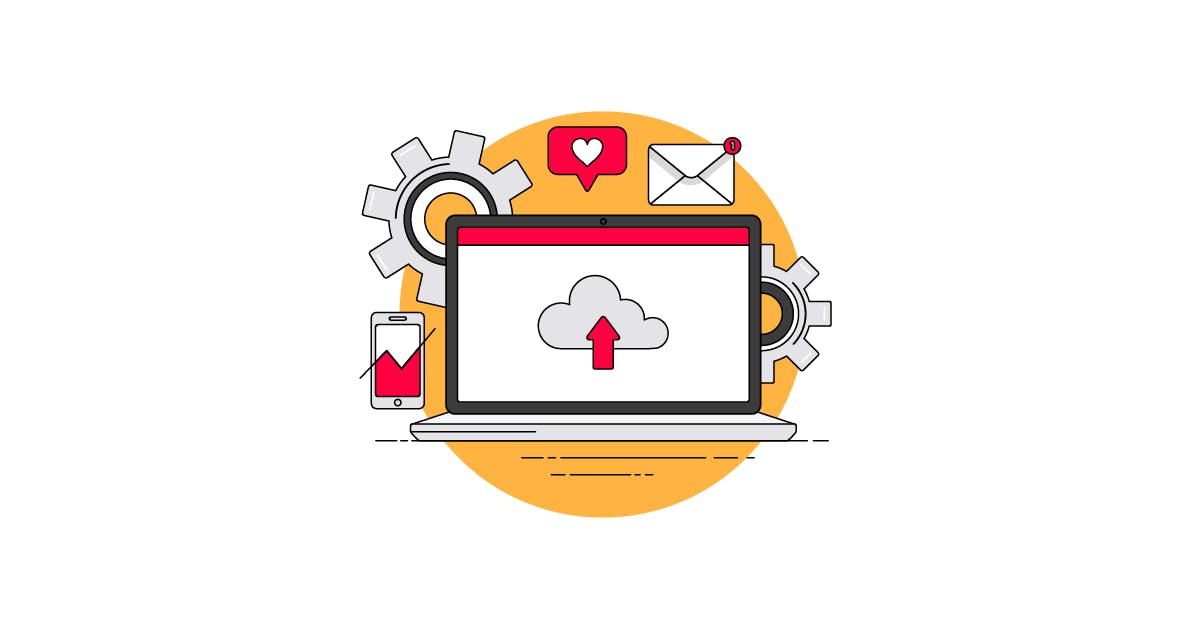
Ben Wild, Business Lead at Coveo, agrees that leaning too heavily on customer data can result in the loss of product discovery. “You can get to know somebody so well and know exactly what they want, but the risk is you encourage them to come back and do that exact thing every time and then disappear,” he says.
Following Google’s announcement that it will end support for third-party cookies in Chrome by early 2022, discussion turned to the potential impact on relevance and effectiveness in marketing.
On a recent Econsultancy webinar, editor Ben Davis discussed the topic of customer journey optimisation with Iain Noakes, former VP Effectiveness Marketing & Optimisation at The Economist, and Ben Wild, Business Lead at Coveo. They also discussed the role of ‘smart’ martech (powered by machine learning) in providing relevance to customers.
The ‘inside-out’ approach to customer journey optimisation
By taking a very visual approach to customer journey mapping, which Noakes says mimicked the style of a ‘London underground tube map’, The Economist was also able to see where technology was overlapping, and where data was not being passed on (and therefore not being used to optimal effect).
Machine learning in martech may optimise for a specific metric or metrics, but marketers of course need to see the bigger picture. While machine learning can result in high levels of personalisation, for example, it might not always provide the best business outcome. In Econsultancy’s ‘AI, ML, and Predictive Analytics‘ guide, Shiseido’s Global Chief Digital Officer Alessio Rossi explained one instance where content can be over-personalised:
Wild emphasises the benefits of machine learning and working to its strengths: “I think the important thing, at a certain level is a belief in the technology, that it is actually good at making those recommendations. Which is why you’ve just watched that series on Netflix that you’ve never head of before, but they knew that you’d likely be interested in it.”
This begs the questions – once organisations have implemented smart martech into the customer journey, how much ongoing work is there still to be done to optimise output?
Looking at it from the customer’s perspective also enabled Noakes to identify needless complexity where simplicity was required. “All in, it allowed us to prioritise low hanging fruit and leverage existing teams, assess skills and requirements, and where we didn’t have any data or information to help prove a stage in the journey… then we’d have some strong hypotheses that became part of the ongoing testing programme.”
“What I mean by that is… what is being done? How are we using our audience information, our customer data, our channels? What do we expect to happen and where? What is the data that is captured?” he asks. “Did the system pass the data on to another system or not?”
Instead, Wild suggests that the concept of ‘zero-shot personalisation’ could come to the fore, which is made with the assumption that most visitors are anonymous.
Understanding the strengths of machine learning
Noakes suggests that investment can remain a problem for marketers when activating data, particularly in organisations where data and analytics is not necessarily embedded into culture. “If you are able to understand where in the customer journey a small incremental change can have a sizeable effect – noticeable enough that your MD or CEO will take notice – then you start there.”
Optimising customer journeys involves an increasing amount of interconnected martech and data, particularly where machine learning is involved.
“The ability to make that rapid decision with small amounts of data is going to become crucial, and again, it is the magic of machine learning.”
“Sometimes that reach – if it is not configured in the right way – doesn’t lead to the big business outcomes you require, and you can get better lift by doing more focused, larger-scale, shorter burst work,” he says.
Ben Wild agrees that the ban could result in more valuable measurement approaches, perhaps suggesting an over-reliance on third-party cookies before now.
Noakes also says the ban could lead to change in measurement. “The better approaches are the classic ones, such as assessing your lift in terms of your brand metrics (awareness, consideration and intention to purchase). There is also [the question] – are your channels drivers of the proper business outcome? If your CEO has asked you to grow volume or to increase revenue, how do you prove that this wonderful thing (that got a lot of PR and potentially clicks) really made a difference?”
Will the 3rd party cookie ban impact relevancy?
During his previous role at The Economist, Noakes says they took an ‘inside out’ approach to their marketing strategy, with martech as an end point in optimisation rather than a starting point.
You can watch the webinar on demand, but here are a few highlights from the discussion, including advice on where to start with customer journey mapping.
He says that this is likely to make certain things harder, as many of the programmatic benefits are to drive efficiency and to reach into more places. However, Noakes explains suggests it could be beneficial in the long-term.
Wild highlights how this can free up resources in the business. Wild explains how a client of Coveo has achieved better results in doing this. “They’ve been able to redeploy their merchandising team because the machine learning is better at it than [people] doing it manually,” he says. “It was able to make product associations which they were not necessarily identifying.”
“The reason we did it this way was firstly to understand fully – without making assumptions – how teams were operating and how channels were working beyond just seeing the outcome week in, week out through our trading meetings.”
Iain Noakes suggests that the cookie ban could see a “renaissance of buying direct from quality sources, rather than putting blind faith into programmatic environments.”
“You might be a first time visitor, you might only go to that website once or twice a year, so actually the amount of data that an organisation has on you is very limited. So, ok, you might have a cookie which tells you i came to this website nine months ago, but it is not a rich seam of information which is going to enable you to give a one-to-one personalised experience.”
“Early on, we were doing such a great job of customising content that, while conversion and checkout rates increased, the average revenue per visit went down. Customers got exactly what they needed, but we weren’t helping them discover anything new.”
“In that process,” says Noakes, “what we established was there was a number of quick wins. One of those was – are there any tools and systems that aren’t being used and therefore should we keep them? So, there was a business, cost-saving element.”

